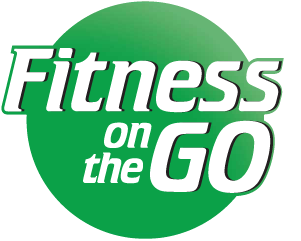
ICE not heat!
While one of the aspects of working out using an integrated training program is to reduce the risk of injury, it does not completely eliminate that risk. Let’s face it. You’re bound to come across a soft tissue injury like a sprain, strain, tear or bruise at some point in your training. Once you’ve been injured, what do you do next? What is the best way to recover from a sports injury?
There are two types of injuries, actue and chronic. Acute injuries are those you have incurred within the last 48 hours. These are your typical sprains, strains, pulls and bruises. Acute injuries tend to have a lot of swelling when the tissue is damaged and possibly bleeds internally. Chronic injuries are those nagging aches and pains that you’ve been dealing with for weeks if not years. This include arthritis and overuse injuries like carpel tunnel, tendonitis and shin splints, just to name a few.
For Acute Injuries:
First and foremost, stop. Whatever you’re doing; running, playing tennis, lifting weights, just stop. By continuing the activity trying to “work through the pain” you will only make it worse. Ignoring the problem won’t make it go away and it certainly won’t just heal on it’s own. ” When soft tissue is damaged it swells. The swelling causes pain and a decrease in motion which limits the use of the muscles. Continuing the activity after incurring the injury will increase the swelling and the pain, causing more damage and a longer recovery time.
Next is R.I.C.E. (Rest, Ice, Compression, Elevation). Resting the injury will give your body the appropriate time it needs to heal, without re-injury causing the acute injury to become a chronic injury. Using ice will help to reduce the initial swelling which will help to reduce the pain. Never use heat on an acute injury, as heat will induce swelling and inflammation, not reduce it. Compression by using tape or a wrap will help to keep swelling to a minimum and offer additional structural support to the injured body part. Finally, elevating the injury keeping it above heart level will continue to reduce swelling as well.
A few days of using R.I.C.E should help your body heal and ready to start training again. Now with this information, it’s not there for an excuse not to work out rather a proven method to take away excuses to keep your fitness goals on track.
 1-888-808-2348
1-888-808-2348